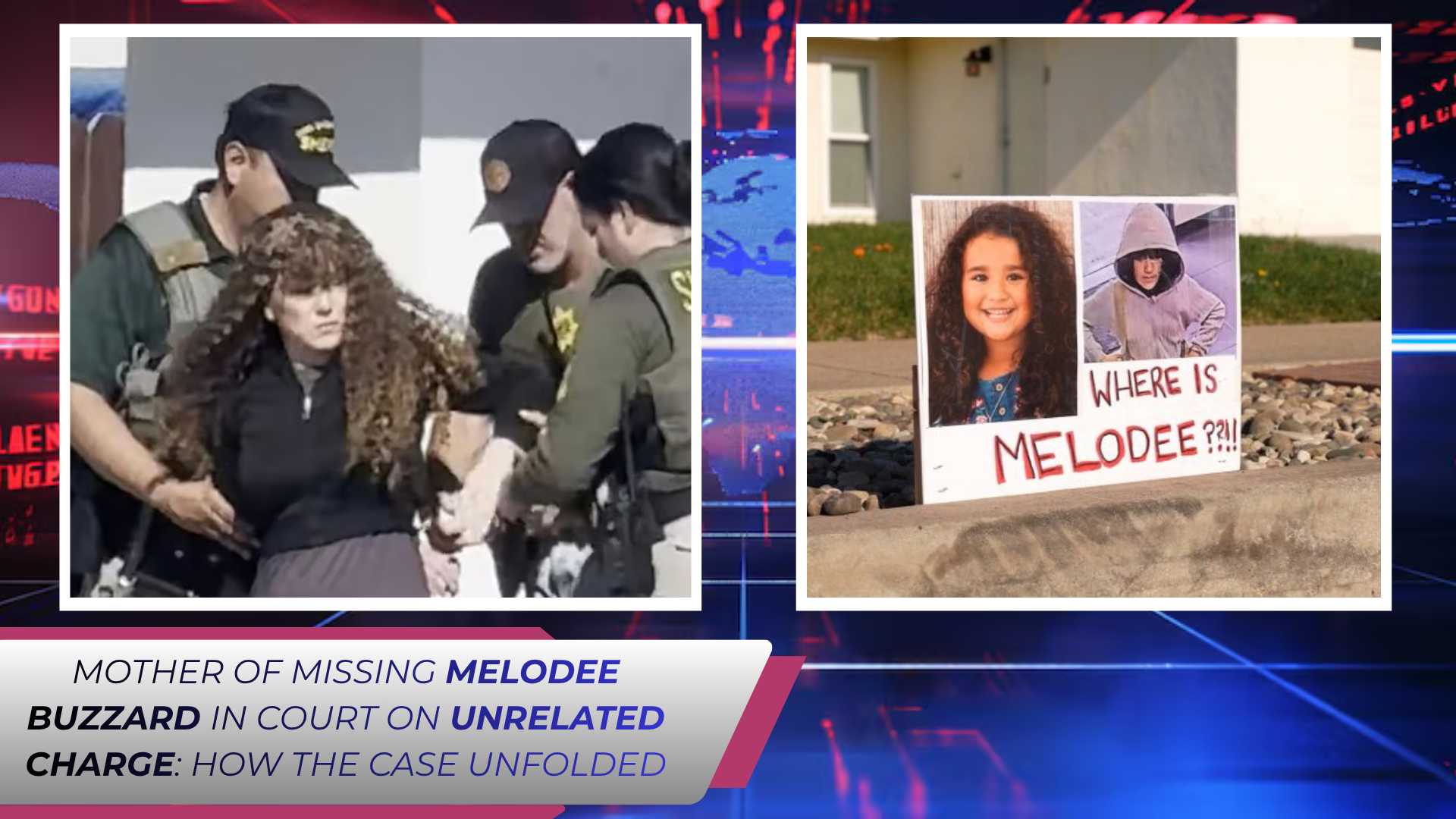Baltimore has been celebrated in recent years for reports indicating a decline in overall crime rates, particularly in violent crimes. However, the experience of Chicago resident Noelle Gipson during a visit to the city casts doubt on the accuracy and perception of these statistics. While attending an urban development conference, Gipson became the victim of a robbery near the Inner Harbor, an area frequently touted as safe and tourist-friendly. The incident, combined with a delayed police response and personal inconvenience, has left her questioning the city’s crime data and calling for more attention to quality-of-life offenses.
Gipson’s visit to Baltimore was initially focused on participating in a series of discussions and workshops aimed at understanding urban redevelopment and community planning. The Inner Harbor, a popular destination for visitors and locals alike, seemed an ideal location to explore during her free time. However, during her walk back to the hotel, she noticed her wallet was missing. Within 30 to 40 minutes, her credit card had already been attempted for use in nearby areas, signaling a quick exploitation of her loss. The speed at which her personal items were compromised added urgency and stress to an already troubling situation.
Despite the severity of the incident, Baltimore police reportedly took five hours to arrive at the scene and file an official report. This delay left Gipson not only frustrated but also concerned about the responsiveness of law enforcement in protecting residents and visitors alike. For a visitor unfamiliar with local procedures, such delays can be alarming and create a perception that city leadership is not adequately prepared to handle crime or protect public safety. In her communications with local authorities, Gipson highlighted that timely police intervention is crucial not only for immediate safety but also for preventing further exploitation of stolen items, such as credit cards or identification.
The wallet contained critical items, including her government-issued identification, credit cards, and keys to both her home and a specialized vehicle. The theft not only disrupted her immediate travel plans but also created logistical and financial challenges that extended beyond the scope of the robbery itself. Replacing identification and dealing with potential fraudulent activity on her financial accounts became an urgent priority. These personal consequences underscore the ripple effect of what might otherwise be categorized as a “minor” crime in statistical reports, but which can have significant consequences for victims.
Following the incident, Gipson reached out to Baltimore city officials, including Mayor Brandon Scott, Governor Wes Moore, and members of the city council, requesting assistance and financial reimbursement for her losses. In her communications, she emphasized that addressing the daily safety concerns of both residents and visitors should be a top priority for city leadership. Gipson also stressed that public safety encompasses more than just reducing violent crimes or homicides; it requires attention to quality-of-life offenses such as theft, harassment, and other disruptions that impact everyday life.
The experience brought to light questions regarding the reliability of Baltimore’s reported crime reductions. While city officials often cite statistics showing a decline in violent crimes, incidents like Gipson’s highlight gaps in protection, enforcement, and public perception. Many residents and visitors may feel unsafe even in areas where data suggests improvements. This disconnect raises the issue of whether crime statistics alone can accurately reflect the lived experiences of those navigating the city daily.
Experts note that quality-of-life crimes, such as theft, vandalism, and petty assault, can profoundly affect public confidence and perception of safety. While not always reflected in major crime statistics, these incidents contribute to an environment where residents and tourists alike feel vulnerable. Gipson’s case is illustrative of this phenomenon. Her personal experience with theft contrasts sharply with the broader narrative of declining crime, suggesting that more comprehensive measures are needed to ensure safety is genuinely felt across all communities.
Baltimore’s law enforcement and city officials face ongoing challenges in balancing statistical achievements with real-world outcomes. While efforts to reduce violent crimes have shown measurable progress, the experiences of individuals like Gipson suggest that city leadership must also prioritize the prevention and rapid resolution of less severe but highly disruptive offenses. This includes strategies such as increasing police presence in key areas, improving response times, enhancing surveillance systems, and fostering community engagement to prevent crime proactively.
Furthermore, Gipson’s experience emphasizes the need for clear communication between city authorities and the public. Transparency regarding crime trends, police procedures, and available resources is essential to build trust. Visitors, in particular, rely on accurate information to make decisions about their travel and activities. When incidents occur, an effective and timely response can significantly impact public perception and reinforce confidence in city leadership.
The robbery also raises broader questions about urban safety and infrastructure. Areas that are heavily trafficked by visitors, such as tourist zones, require specialized attention to ensure that increased foot traffic does not inadvertently create opportunities for criminal activity. Integrating crime prevention strategies with urban planning can help address both safety and accessibility concerns, ensuring that public spaces remain welcoming and secure for all users.
In conclusion, Noelle Gipson’s experience as a robbery victim in Baltimore underscores the complexities of assessing public safety through crime statistics alone. While the city may report reductions in violent crime, her case illustrates the persistent challenges posed by quality-of-life offenses. Addressing these issues requires a comprehensive approach, including improved law enforcement response, community engagement, and urban planning considerations. For residents and visitors alike, the true measure of public safety lies not only in reported statistics but also in the confidence and security they feel while navigating the city. Gipson’s experience serves as a call to action for Baltimore officials to bridge the gap between statistical success and tangible safety outcomes, ensuring that all individuals can enjoy the city without fear.
%20(4).png)



.png)
.jpg)



